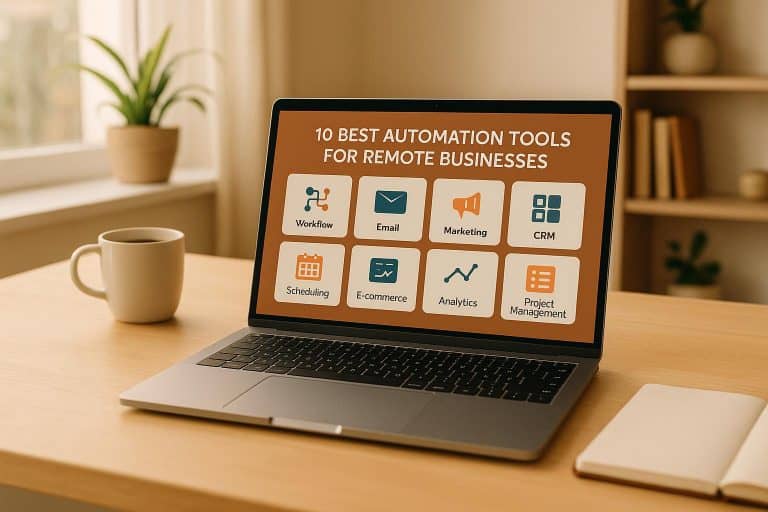Did you know that converting a contractor into an employee is possible for businesses without violating the law? These professionals fulfill different roles, but there are guidelines for the process with distinct legal definitions.
Changing a contractor status can help both parties collaborate, which provides the employee with a better experience. Most employers who take care of workers also benefit from their high morale.
Are you an employer seeking in-depth information about converting independent contractors into employees? Join us as we discuss their differences and outline the steps. Let’s get started.
Differences between contractors and full-time employees
Employers hire independent contractors, also known as contractors, to complete temporary projects or finish specific tasks. Most companies adopt this method when there’s no budget to employ them as full-time workers.
These are the significant differences between these positions:
Work hours
Independent contractors often create their working hours as they work on specific tasks. Most work for different companies that allow them to determine operational time.
Unlike these professionals, full-time employees cannot determine how they function and usually work during business hours.
Training
Another notable difference when converting a contractor into an employee is training. Contractors are highly skilled professionals who don’t get training like full-time employees.
The human resources team approaches permanent staff and puts them through onboarding and training.
Work duration
Most independent contractors work temporarily because they’re usually with the company until the completion of their project. Full-time employees stay committed to companies and sign long-term contracts. Most of them work for years before moving on to better international business opportunities.
Working materials
Most hiring companies pay for full-time employees working equipment since they’re committed to their cause. Independent contractors typically provide the materials required to complete the job.
Reasons why a business might convert contractors into full-time employees
When a contractor delivers successful results and brings recognition to your company, you might consider making them full-time employees.
Other reasons businesses convert these professionals to team members include the following:
Keeping high-value team member
Most independent workers are specialized professionals and often deliver excellent performance. They may have enough skills to convince you to convert the contractor’s employment for continued success.
These professionals guarantee more quality work and can complete more significant projects that could change the company’s fortunes.
Commitment
Some contractors might commit to delivering valuable work when hired full-time. They also enjoy the benefits and compensations associated with being permanent members of the company.
Companies work with familiar people
It’s easier to convert a worker from an independent contractor to a full-time employee instead of hiring a new member. Most new staff need onboarding and training that are not necessities for people on a contract.
How to Convert a Contractor to an Employee
Accessing the financial cost and payroll information are factors to consider before changing a contractor to an employee status. Drawing up contracts and getting necessary personal details are also helpful. Let’s dig into the details:
Determine Costs
Your first task is determining if the company can afford to convert the independent contractor’s status into an employee. It’s best to approximate the individual’s number of hours and wages for a year before initiating the process.
Remember that contractors’ salaries often reflect additional taxes and expenses they must pay the IRS as self-employed individuals. As a result, you might not need a straight conversion of their hourly rate as you’ll pay employer taxes and offer freelancing benefits from their pocket.
Make an Offer
Inform the contractor about the conversion status. Offer them the full-time role and communicate their adjusted or new responsibilities while providing answers to their questions. Give these professionals a dated memorandum in writing and keep records of the event.
When there’s a contractor agreement, it’s time to sign the necessary documents specifying job responsibilities and duties. Ensure you note their position in the organization on your papers for future reference and include the following:
- Wages and benefits
- Working hours and schedule
- Privacy Terms
- Termination policy
- Vacation and sick time policy
Collect your employee’s information
Gather the individual’s employment and personal information for tax and payroll purposes. You’ll also need the details for record-keeping and reference purposes.
Most contractors provide this information during the LLC operating agreement, but sending them a Form W-4 is necessary. It’s the Employee’s Withholding Certificate that employees must fill and complete Form 1-9, which confirms their work eligibility in the United States.
Collect the individual details relevant to their benefits, especially regarding healthcare and family members. Introduce any new payment, such as the rate of hourly wages and weekly information, to their file, including their non-exempt or exempt status.
Add the employee to your payroll
Add the employee’s pay rate and frequency to your regular payroll, ensuring they get their wages correctly. It’s best to map out the benefits structure and mark them as exempt when on salary and non-exempt for hourly pay with overtime.
Include the individual details in your time and attendance measuring system if your business operation includes it. The software program calculates all hours worked, including sick days, holidays, and vacations.
Wrapping up
Be sure your independent contractor has the correct status to become an employee. Frequently switching positions will flag your business for an Internal Revenue Service audit. Confirming the details and filing the necessary paperwork is best to avoid the complex drama.
Consult the Internal Revenue Service guidelines when converting a contractor into an employee. Since independent workers’ salaries don’t get taxed on the company side, employers are responsible for underpaid employment taxes if the commission finds an individual misclassified. It often results in penalties for the employer.
The IRS offers organizations a Voluntary Classification Settlement program, which gives employers partial relief when reclassifying them








